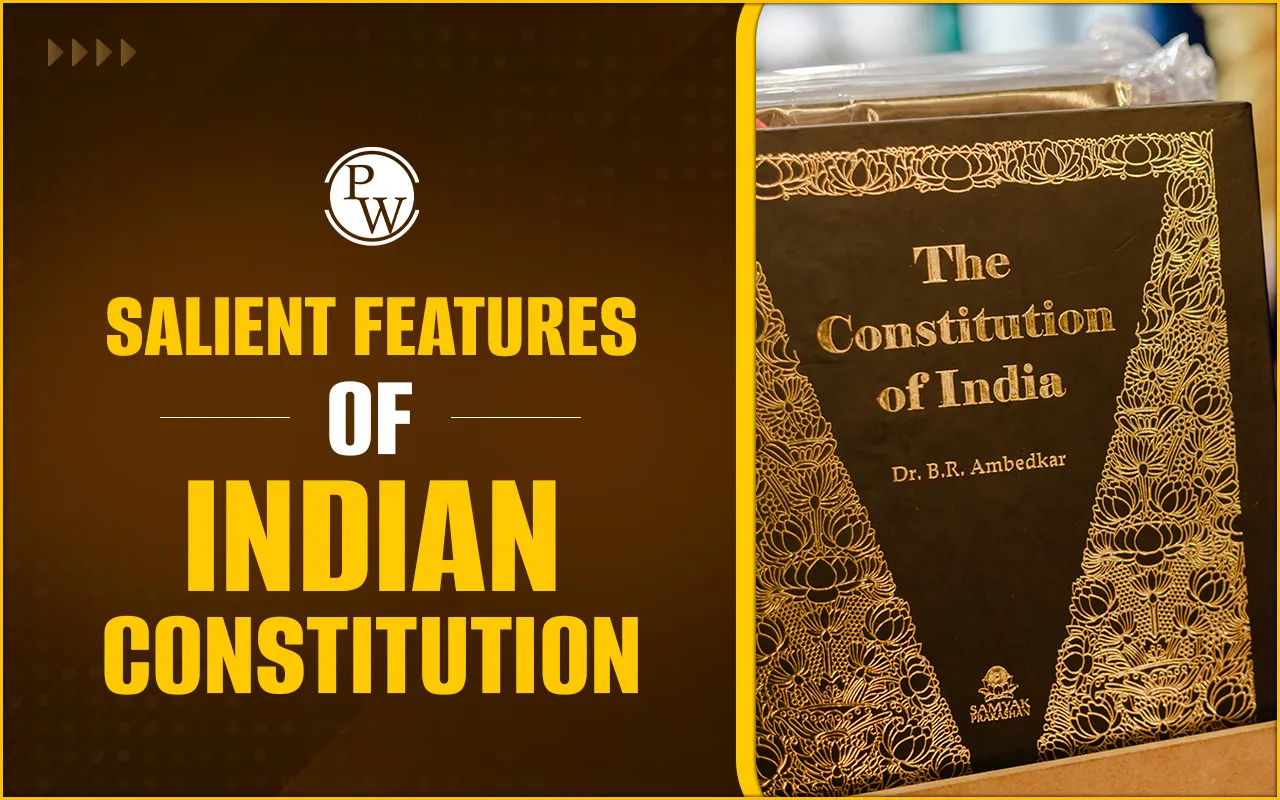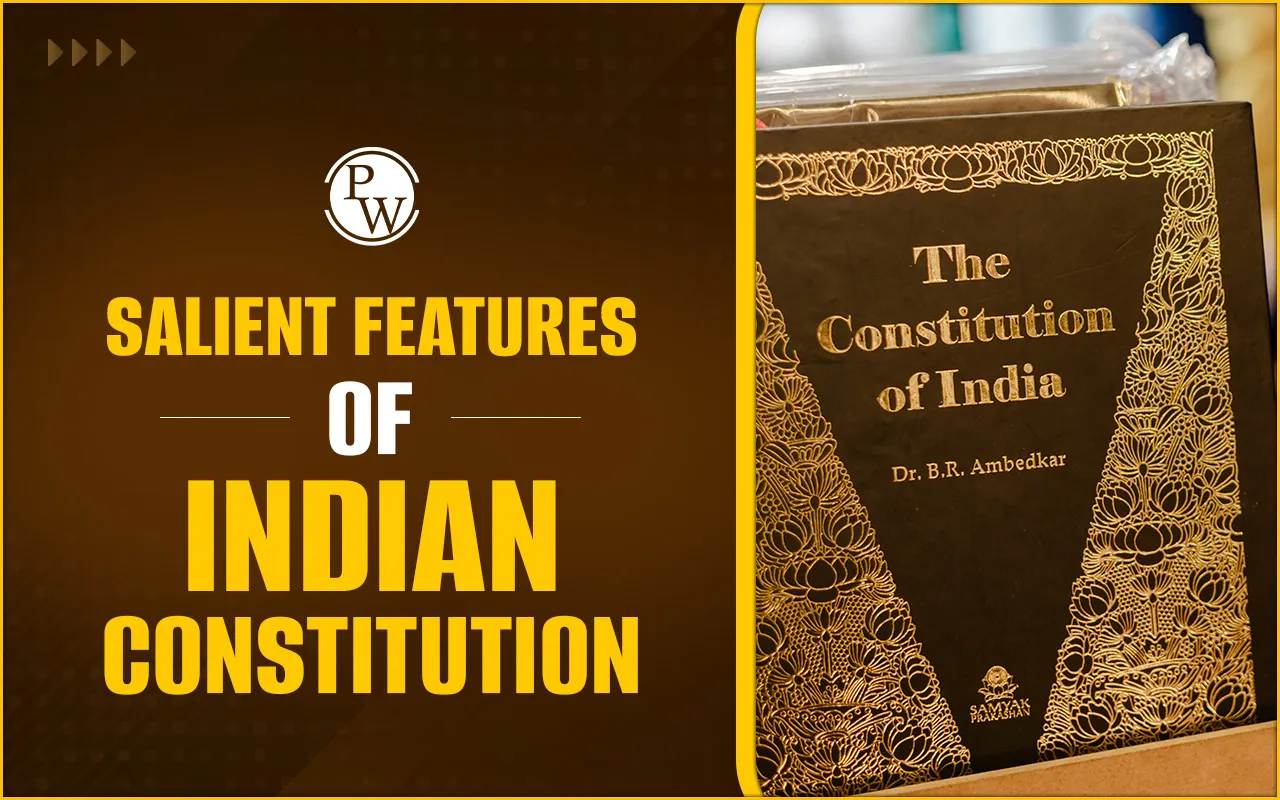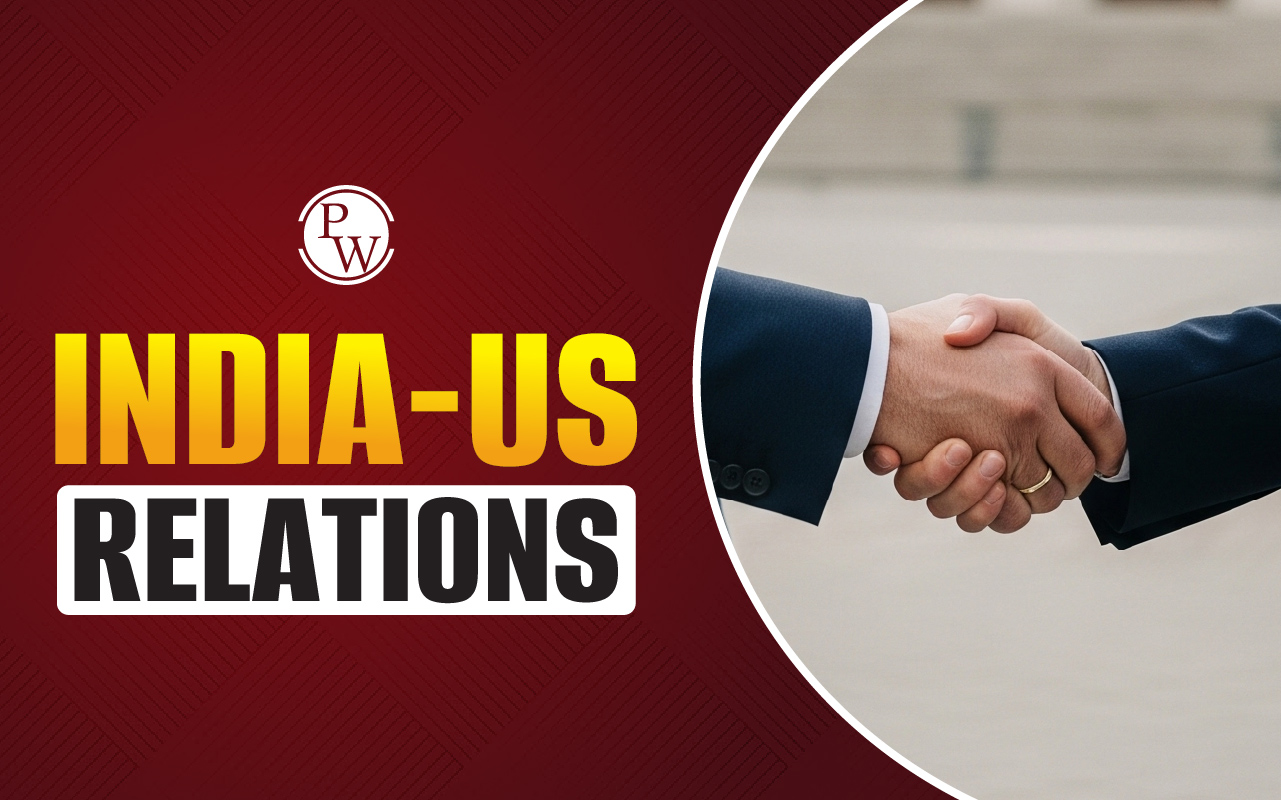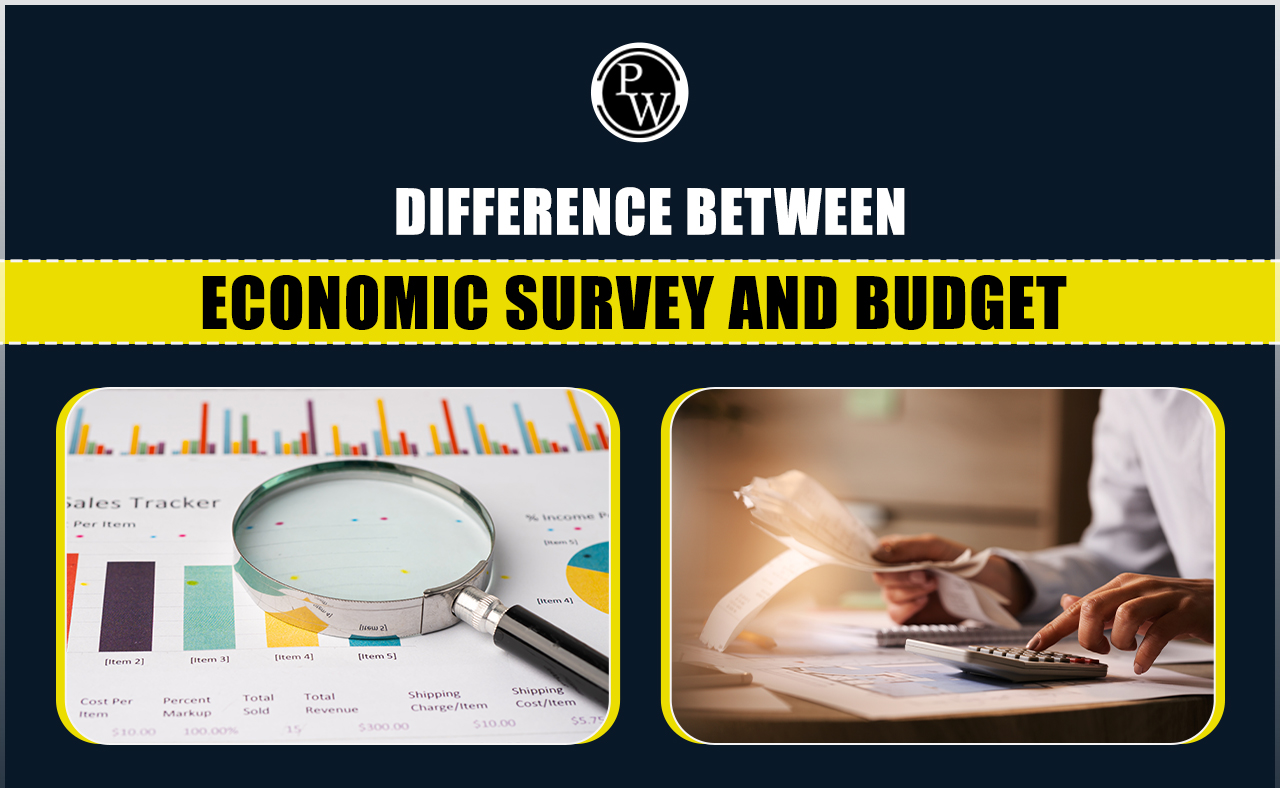

Salient features of the Indian Constitution, the supreme law of the country, are key to understanding the democratic, federal, and secular framework upon which the nation is governed. Adopted on 26th November 1949, the Indian Constitution came into effect on 26th January 1950. Over the years, it has guided India’s democracy. Read on to understand the salient features of Indian Constitution.
Salient Features of the Indian Constitution
On 26th November 1949, the Indian Constitution was adopted and was implemented on 26th January 1950, serving as the supreme law of the land. It is one of the longest and most detailed constitutions in the world, designed to address the unique needs of India as a diverse and populous nation. The Writing of the Constitution, led by Dr. B.R. Ambedkar, blended elements from various global sources, integrating democratic principles with an emphasis on social justice and equality.
List of Salient Features of the Indian Constitution
The salient features of Indian Constitution highlight the vision and values of the framers. It balances tradition and modernity. It promotes democracy while respecting diversity. These features make India’s Constitution one of the longest and most detailed in the world. Here is a simple list of salient features of the Constitution of India:
- Lengthiest Written Constitution
- Drawn from Various Sources
- Blend of Rigidity and Flexibility
- Federal System with Unitary Bias
- Parliamentary Form of Government
- Synthesis of Parliamentary Sovereignty and Judicial Supremacy
- Rule of Law
- Integrated and Independent Judiciary
- Fundamental Rights
- Directive Principles of State Policy
- Fundamental Duties
- Indian Secularism
- Universal Adult Franchise
- Single Citizenship
- Independent Bodies
- Emergency Provisions
- Three-tier Government
- Co-operative Societies
Also Check, ‘UPSC Wallah Polity, Governance and IR Combo Set’
Key Indian Constitution Salient Features
The key salient features of Indian Constitution show its uniqueness. It not only defines India’s political structure but also the nation’s soul. These salient features of Indian Constitution make it a living document. It grows with time through amendments and judicial interpretations.
Here are some of the main salient features of Indian Constitution:
|
Feature |
Description |
Highlights |
|
World's longest written constitution, comprehensive and detailed. |
|
|
|
2. Drawn from Various Sources |
Borrowed from global constitutions and the Government of India Act, 1935. |
|
|
3. Blend of Rigidity & Flexibility |
Combines features of rigid and flexible constitutions. |
|
|
4. Federal System with Unitary Bias |
A unique federal structure with a strong Centre. |
|
|
Inspired by the British Westminster model. |
|
|
|
6. Synthesis of Parliamentary Sovereignty & Judicial Supremacy |
Balances British and American principles. |
|
|
7. Integrated & Independent Judiciary |
Unified court system enforcing both Central and State laws. |
|
|
Guarantees six broad categories of rights to citizens (Part III). |
|
|
|
9. Directive Principles of State Policy |
Non-justiciable guidelines for governance (Part IV). |
|
|
Citizens' moral obligations (Part IV-A, Art. 51-A). |
|
|
|
11. Secular State |
Equal respect for all religions; no state religion. |
|
|
12. Universal Adult Franchise |
Right to vote for all citizens aged 18 and above. |
|
|
Only one citizenship for all Indians. |
|
|
|
14. Independent Bodies |
Constitutional institutions for checks and balance. |
|
|
Special powers to handle extraordinary situations. |
|
|
|
16. Three-tier Government |
Constitutional recognition to local governments. |
|
|
Constitutional status to co-operatives (97th Amendment, 2011). |
|
Criticisms of the Indian Constitution
While the salient features of Indian Constitution are widely praised, there have been some criticisms too. Here are some of the main criticisms:
- A Borrowed Constitution: Critics called it a "bag of borrowings" and “patchwork.” However, Dr. Ambedkar defended it by saying global best practices were adapted to suit Indian needs.
- A Carbon Copy of the 1935 Act: Many provisions were taken from the Government of India Act, 1935. Again, this was justified by pointing out the administrative usefulness of those provisions.
- Un-Indian or Anti-Indian: Critics also said it lacked Indian ethos and reflected Western ideas.
- An Un-Gandhian Constitution: The Constitution was criticized for not reflecting Gandhian ideals, such as a focus on village panchayats.
- Too Lengthy and Complicated: The Constitution was seen as too long and complex, making it difficult to understand for ordinary citizens.
- Lawyer’s Paradise: The legalistic language was criticized for being complicated and difficult for ordinary people, which led to excessive litigation.
However, despite these criticisms, the salient features of Indian Constitution have made it one of the most respected documents globally as it ensures justice, liberty, equality, and fraternity.
Explore PW’s UPSC Courses today and master topics like the salient features of Indian Constitution with faculty guidance and structured learning!
Salient Features of Indian Constitution FAQs
What are the salient features of Indian Constitution?
Why is the Indian Constitution called a living document?
What are the salient features of the Indian Constitution's official language?
What are the criticisms of the Indian Constitution?
What is the significance of the salient features of Indian Constitution for UPSC?

UPSC Coaching












